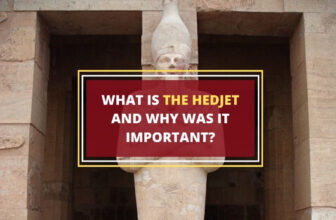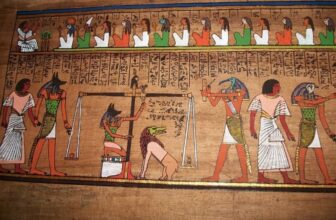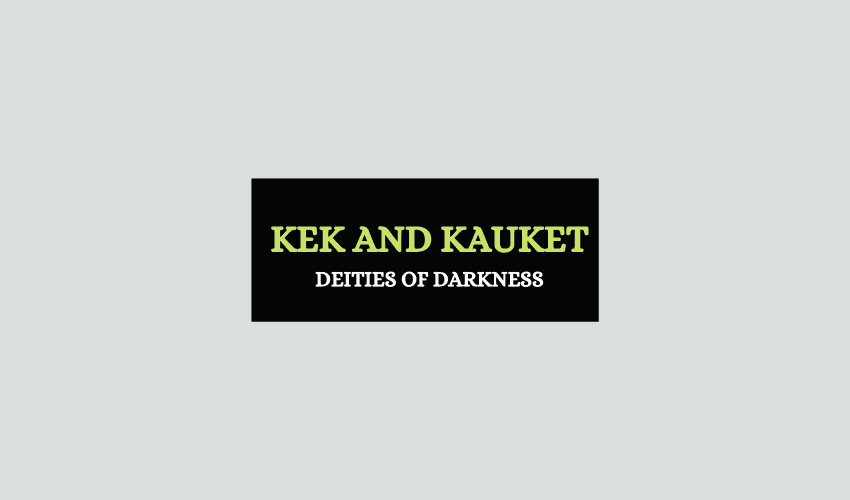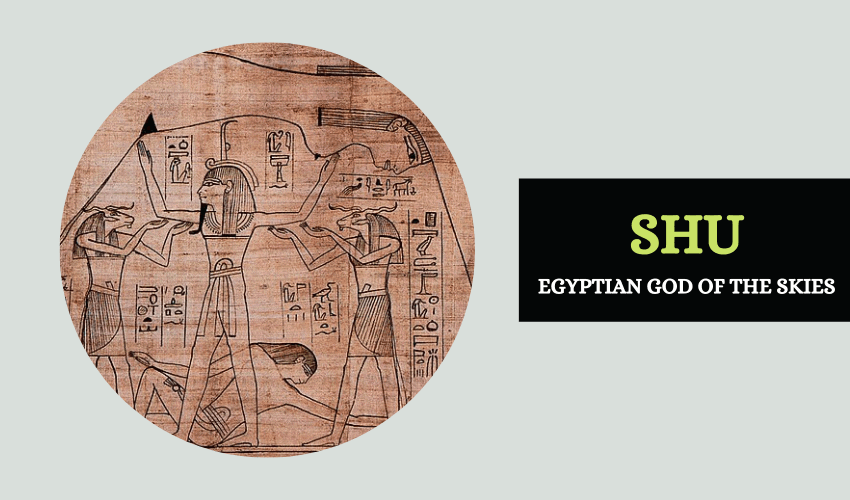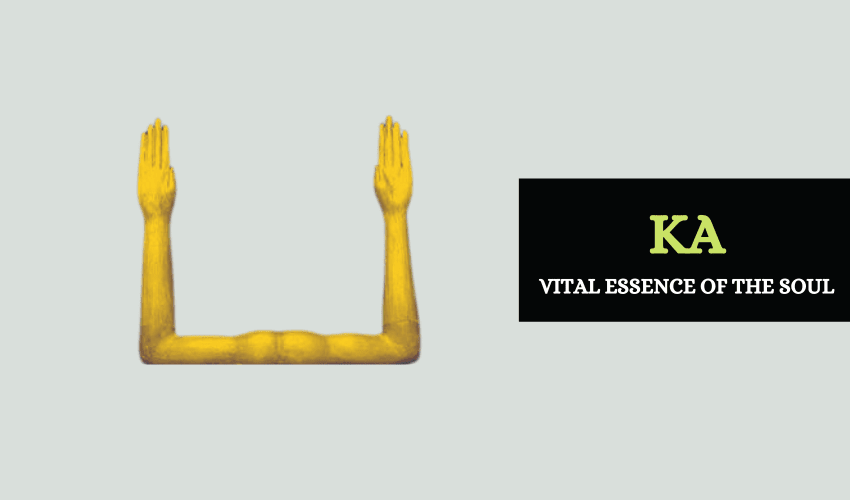
Table of Contents
In Ancient Egypt, what we call the soul was considered to be a compendium of different parts, just as a body is made up of different parts. Each one of the parts of the soul had its role and its function. The Ka, 𓂓, was one of such parts, its vital essence, which marked the moment of death when it left the body.
What Was the Ka?
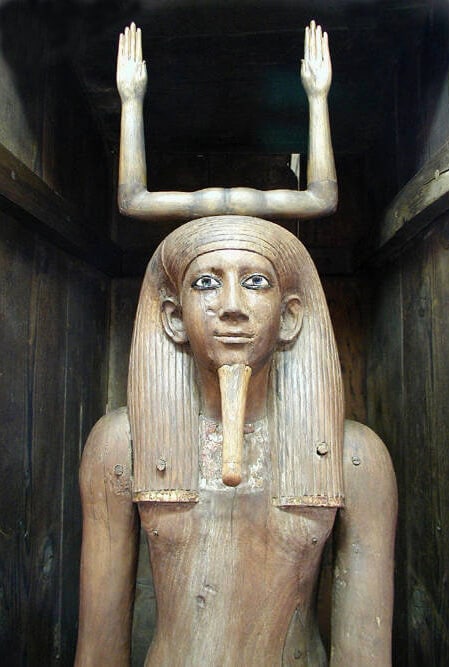
Defining the Ka is not an easy task due to its many meanings and interpretations. There have been attempts to translate this word, but they have been unfruitful. We, Westerners, tend to think of the person as a juxtaposition of body and soul. However, Egyptians considered a person as composed of different aspects, namely the Ka, the body, the shadow, the heart, and the name.
This is why there is no single modern word that can be equated to the ancient concept of the Ka. While some Egyptologists and writers speak of the soul or spirit, most researchers tend to avoid any translation. What is important to keep in mind is that the Ka is an important, intangible part of each person and that it can foster emotions as well as cast its agency in the physical world.
The Ka is usually thought to represent the concept of the vital essence in humans but also in other creatures. In other words, where there was Ka, there was life. However, it was only one aspect of the person. Some of the other aspects of a person’s soul and personality included:
- Sah – spiritual body
- Ba – personality (𓅽)
- Shut – shadow
- Akh – intellect
- Sekhem – form
The hieroglyph of the Ka was a symbol with two stretched arms pointing upwards towards the sky. This idea could have symbolized adoration to the gods, worship, or protection. Ka statues were created as a resting place for the Ka after a person’s death. It was believed that the Ka would go on living, separate from the body, and was nourished and sustained through food and drink. Statues of the deceased’s Ka would be placed in special rooms within their tomb called ‘serdabs’ to allow visitors to interact with the Ka.
Role and Symbolism of the Ka
1. The Ka as part of the Soul
The Egyptians believed that the god Khnum made babies out of clay in a potter’s wheel. There, he also made the Ka. Apart from being the spiritual part, the Ka was also a force of creativity. The Ka determined the character and personality of the babies. In some myths, the Ka had connections with destiny too. Given that the personality was a central part of life, it shaped how life would develop and had to do with fate.
2. The Ka in the Mummification Process
In Ancient Egypt, mummification was an important post-death ritual. The process of keeping the bodies of the deceased from rotting had many purposes, and it is believed that the origin of this process might have derived from their belief in the Ka. The Egyptians thought that when people died, the many parts of their personhood scattered around the world. Since they did not have a body or surrogate to dwell within, they roamed the earth.
Maintaining the body in good condition helped the Ka remain inside the person. That way, the mummified dead could travel to the afterlife with the Ka. Since the Egyptians believed that the soul dwelt in the heart, they did not take this organ out. In this sense, the concept of the Ka may have influenced the development of the mummification process.
3. The Ka as a Symbol of Life
Although the Ka was thought of as separate from the body, it needed a bodily host to live in. This part of the soul was in constant need of nurturing. In this sense, the Egyptians offered their deceased drinks and food after life had ended. They believed that the Ka continued absorbing the food to remain alive. Even after death, the Ka remained a symbol of life. The Ka was present in every living creature, from humans and gods to animals and plants.
4. The Ka and the Thought Process
The Ka had associations with the thought process and creativity. Some scholars defend that the word Ka served as the root of many words associated with mental abilities. The Ka had to do with magic and enchantments too, so it was also a symbol associated with power. Some other sources, however, defend that the Ba was the part of the spirit connected to the mind.
5. The Royal Ka
The Egyptians believed that royalty had a different Ka from that of the commoners. The Royal Ka had to do with the Horus name of the pharaohs and their connection with the gods. This idea symbolized the duality of the pharaohs: they had human bodies, but they were also eminently divine.
The Ka Throughout the Kingdoms
The Ka first attested in the Old Kingdom, where it was highly significant. In the Middle Kingdom, its worship started losing the vital presence it had in the early stages of Ancient Egypt. By the New Kingdom, the Egyptians did not hold the Ka in high esteem, although it continued to be worshipped.
- In the Old Kingdom, the private tombs had pictures and depictions that created a world for the Ka. This dual spiritual world was the place where the Ka dwelt after the death of its host. These images were a copy that resembled known people and items of the life of the owner of the Ka. Nowadays, these depictions are known as doubleworld. Apart from this, the offering of food and drinks to the Ka began during this era.
- In the Middle Kingdom, the Ka started losing strength in its worship. Yet, it continued receiving the offerings of food and drinks. In this era, the Egyptians would commonly place offering tables in tombs known as the Ka House, in order to make this process easier.
- By the time of the New Kingdom, the Ka had lost most of its importance, but the offerings continued, because the Ka was still considered an important aspect of the person.
Wrapping Up
Along with the Ba, and several other components of the personhood, the Ka constituted the vital essence of humans, gods, and all living creatures. The Ka influenced the mummification process, one of the most notable parts of the Egyptian culture. Although its worship and importance declined with time, the Ka was a remarkable concept that highlighted how important death, the afterlife, and the soul were to the Egyptians.




